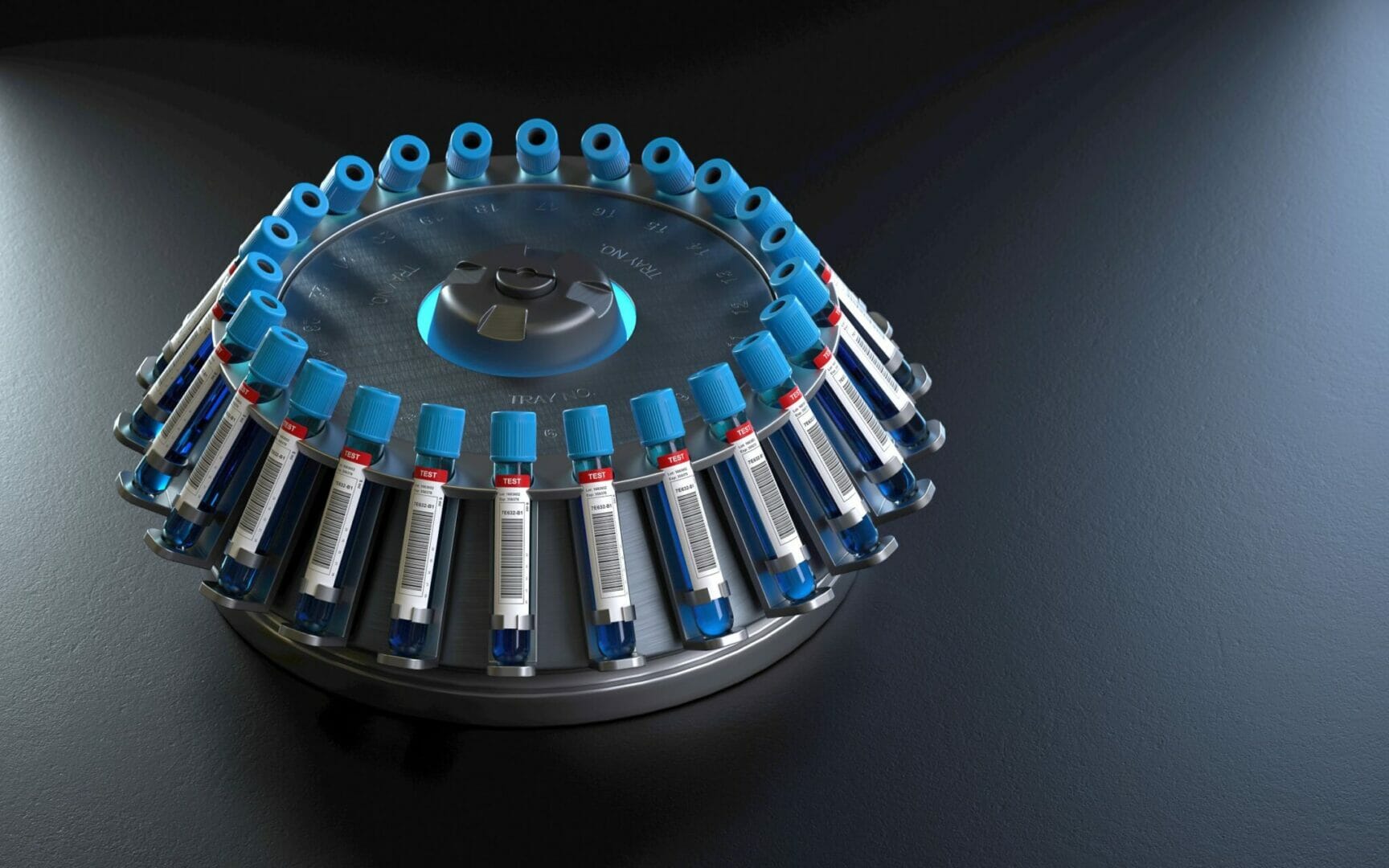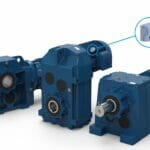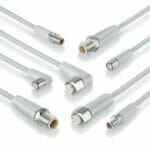When a major manufacturer of medical machinery needed to minimise the size of its equipment it turned to Oxford-based Carter Bearings for some solutions
With hospital space at a premium even before the advent of any surges in demand, the need to maximise ward, bed, theatre and laboratory space by minimising the size of medical machinery has rarely been of greater significance than it is today.
Unsurprisingly, just as personal electronic devices and household electrical items have got both smaller and thinner over recent times, the combination of clever design and advances in materials technology has seen the physical size of many vital medical and laboratory devices reduce too.
So when a well respected manufacturer of proprietary disinfection and decontamination cells recently needed to design all-new medical devices as part of a larger installation, attention turned to an aspect of design frequently overlooked in many industrial applications where size doesn’t really matter. The challenge was finding the thinnest possible bearing that could also allow the critical machinery it was installed in to deliver the highest positional accuracy over an extended lifetime. The design brief centred around applying these joint demands of reduced space and high precision into two key parts of the new cell.
The first application was a medical decontamination device for the containment of potentially contaminated matter in the form of human tissue or blood samples from patients. In this project, the bearing was required to facilitate precision rotation in a design that permitted ease of operator use to reduce the possibility human error. The second application in the cell was on an associated blood analyser, which called for a super thin bearing that could provide the required accuracy and precision to the testing element of the analyser: high positional accuracy was vital in order for the unit to provide accurate test results, whilst at the same time streamlining workflow and easing maintenance. The design of both devices demanded ultra-high positioning precision combined with the ability to deliver consistent repeatability over a lengthy service life. Additionally, the design brief also required the smallest possible physical size for the machines, together with a stipulation that the blood analysing device was required to spin inside a maximum radius of just 14”.
Engineers at the Silverthin Bearing company, (part of the Mechatronics Group and represented in Europe by Oxford-based Carter Bearings) conducted trials using a shortlist drawn from its range of potentially suitable high precision thin section bearings before recommending the perfect match for the application.
Mel Meader, Technical Operations Manager at Carter Bearings and UK Silverthin expert observed “All Silverthin bearings are manufactured to ABEC Standard using premium quality materials that are sourced only in the United States. This provides users with an absolute guarantee of the material integrity and therefore the longevity of a Silverthin bearing, and is a key reason why they have achieved such a reputation for high accuracy and long service life”. Mel points to another recent medical device application as a further example of the accuracy that can be delivered by Silverthin bearings. “They were specified for use in a laser eye scanning machine, helping to move the scanner from the absolute centre of one eye across to the precise centre of the other with positioning measured to within microns” he says.
Silverthin precision thin section bearings are manufactured in a variety standard configurations, and can be specified as either sealed or unsealed units depending on individual design requirements. In the case of the medical device applications mentioned here, sealed units were specified given the environment in which the machines must work. Precision thin section bearings are available in four types from the company to suit most applications.
 In environments with axial loads present in one direction, the A-Type angular contact ball bearing is recommended, and this bearing also works well in radial or combined radial-thrust applications. However, Silverthin points out that the A-Type bearing should never be used alone to support moment loads or reversing axial loading. For these applications Type C Radial Contact bearings are recommended: they are designed with deep ball grooves specifically to withstand high loads. Although this bearing is used primarily in applications with radial loads, it can also withstand moderate axial loads, reversing axial loads, and moment loads too. However, for applications where significant moment loads will prevail, Silverthin recommends that designers consider its Type ‘X’ 4-Point Contact precision products.
In environments with axial loads present in one direction, the A-Type angular contact ball bearing is recommended, and this bearing also works well in radial or combined radial-thrust applications. However, Silverthin points out that the A-Type bearing should never be used alone to support moment loads or reversing axial loading. For these applications Type C Radial Contact bearings are recommended: they are designed with deep ball grooves specifically to withstand high loads. Although this bearing is used primarily in applications with radial loads, it can also withstand moderate axial loads, reversing axial loads, and moment loads too. However, for applications where significant moment loads will prevail, Silverthin recommends that designers consider its Type ‘X’ 4-Point Contact precision products.
The X-Type, or 4-point contact, ball bearing is ideal for moment loading applications and is designed with ‘Gothic arch’ raceways to create four contact points between the balls and the raceways. This design is stated to be excellent for moment loading and also reversing axial loading. Carter says that the X-Type bearing can be used for other light loading conditions, but is not recommended in place of the C- or A-Type bearing for pure radial loads.
As a general rule, Silverthin advises that when specifying this type of bearing for use with axial or moment loads combined with radial loads, the application speed (rpm) should be carefully considered. The engineering department at Carter’s Oxford facility has extensive data available and can supply information on combined load and limiting speeds. Carter can also advise on radial bearing use with combined radial loads with axial or moment loading and for limiting speeds and separator selection.
Mel Meader continues “Although in the medical applications discussed here single thin section bearings were used, it is not uncommon for two A-Type bearings to be used as a duplex pair to suit the demands of certain installations. There are many different configurations for duplex bearings which designers can benefit from, and these are shown in our (readily available and free) data sheets. We can provide application advice on all aspects of thin section bearings and are particularly well set to deal with design challenges where space is at a premium and repeatability with absolute accuracy is vital over prolonged periods of time with high usage”.
Thin section bearings from Silverthin are supplied by Carter in sizes from 1” ID to 40” OD and have been specified for uses that are as light as miniature gimbal mounts on satellites right up to 40” OD items used on large rotary tables in both civilian and military applications.








